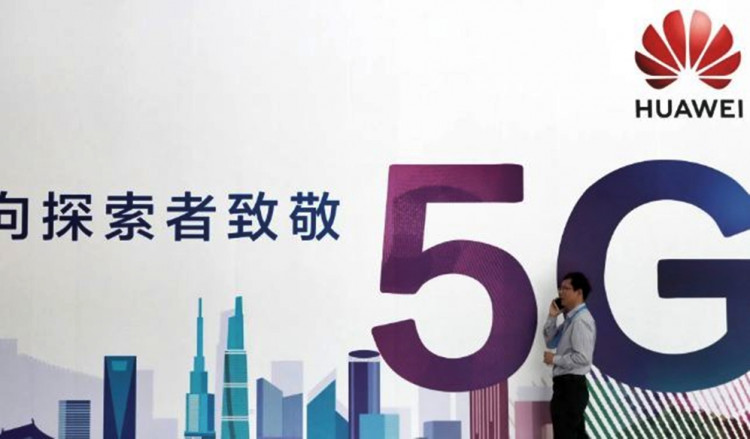The Trump administration is failing in its objective of convincing its allies around the world not to use 5G electronic equipment and networking systems developed by Huawei Technologies, Co. Ltd.
Germany began its 5G spectrum auction Tuesday and Berlin hasn't excluded Huawei from providing networking equipment to German telecom carriers. German Chancellor Angela Merkel said Germany will define its own security standards, thereby brushing aside Trump's threats that security cooperation between both countries will suffer as a consequence.
The United Kingdom and Thailand also haven't banned Huawei from their 5G projects.
The Trump administration alleges Huawei's networking equipment will be used for espionage by the Chinese government. Huawei has always denied this charge and denied it poses any security risk to its customers.
The company has always said it would never allow Beijing to get its hands on customer data or accede to Beijing's demand it spies on its customers.
Western experts remain skeptical of Huawei's protestations of innocence, however. They point out that national security laws will compel companies operating in the country to comply with all government requests for information. Huawei will never refuse a government request for information, they said.
Then there's who will control one of the most important technologies today. 5G will boost internet speeds to incredibly fast levels, allowing driverless cars to operate almost flawlessly and fulfilling the promise of "smart cities" that use electronic data to supply information used to manage assets and resources more efficiently.
The U.S. has ambitions of becoming the undisputed world leader in 5G and its successor technologies.
All four major U.S. carriers have announced 5G deployments. Verizon's 5G fixed wireless will launch in four U.S. cities. AT&T began its millimeter wave commercial deployments in 2018.
Sprint will launch in the 2.5 GHz band while T-Mobile's 600 MHz 5G launch will take place in 30 cities.
In the U.S., 5G will use additional spectrum in the existing LTE frequency range (600 MHz to 6 GHz) and new millimeter wave bands (24-86 GHz). These bands can support data rates of up to 20 gigabits per second (Gbps). 5G infrastructure will use Massive MIMO (Multiple Input Multiple Output) to significantly increase network capacity.






